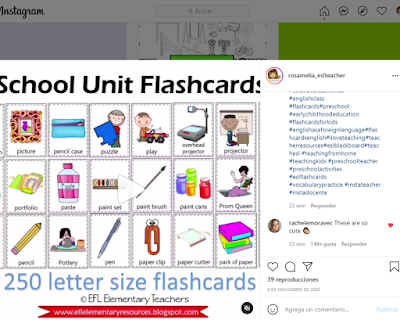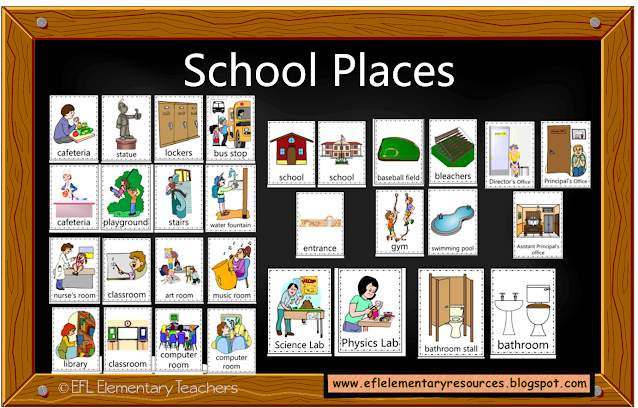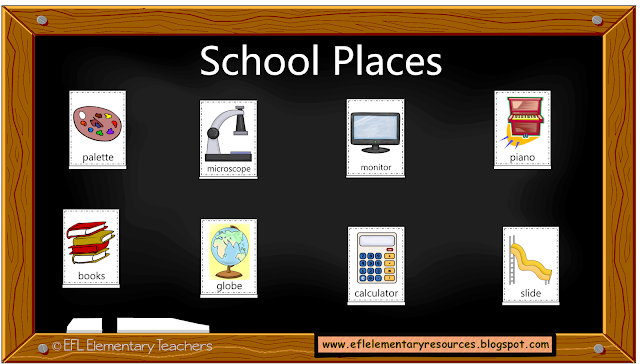I am working on the family unit resource. Here is the link to this material: https://www.teacherspayteachers.com/Product/Family-Flashcards-worksheets-and-more-for-Elementary-ESL-students-4841832
Watch the video of the complete resource:
Flashcards are great for introducing vocabulary. There are many things that you
can use them. I made three sets of families. Two in English and one in Spanish.
There are lots of dual language teachers that need resources and let’s see if
these are helpful.
Grids are useful for students to focus on
the new family vocabulary. Do it on the board by drawing a grid and placing the
family members in random order.
Teacher: Who is in B2?
Students: Father!
Teacher: C3!
Students: aunt!
Point
to the flashcards and ask Yes/No questions.
Teacher: Is this the brother?
Students: No, it isn’t!
Teacher: Is this the cousin!
Students: Yes, she is.
Show the students the flashcards upside
down and have them identify the family member.
Sort the family members into male or
female or boys and girls.
Worksheet
1. First, dictate a color to each family member box.
Teacher: Number 1 is pink.
Teacher: Who is in Number 1?
Students: The cousin!
Then,
students complete the sentences.
I see that many teachers love using the
notebooks for doing more thing beyond the worksheet. I would cut out each
family member and then do a writing practice.
Worksheet 2.
More writing opportunities. Magnetic letters
are fun and easy to use. I added a bigger size cards for the family members.
Have the students write each word by looking at the writing sheet.
I found this idea and gave it a try. I
buy lots of duct tape for many things, but I never thought of using it for
writing purpose. I placed a strip of duct tape on top of a page of a notebook.
Students can write the words as many times they want and erase it easily.
Remember to use a dry erase marker.
Far are the days where the worksheets
were put into a folder. I suggest dictating a color for each family word. Cut
all the words and pictures from the worksheet and have them glue each picture
and word on the notebook.
The worksheet can be used to play a
matching game.
This resource is part of the Family Unit
BUNDLE: https://www.teacherspayteachers.com/Product/Family-Unit-BUNDLE-for-Kindergarten-and-Elementary-ESL-6704385
Follow me at my Facebook group!! https://www.facebook.com/ESLPreschoolTeachers
























































